Jaboticaba
Jaboticaba is a beautiful, and strange fruit tree, which despite being from Brazil, is amazingly cold tolerant. The delicious fruit has a short shelf life, making it a poor choice as an orchard crop, but they are excellently suited as a backyard fruit tree. Many different species of trees in the genus Myrciaria are referred to as jaboticaba in Brazil, but the species most commonly grown outside of Brazil is M. cauliflora.
Jaboticaba trees are notorious for taking many years to begin producing, but once they do, they produce fruit regularly during the warm months. The fruit develop quickly, going from flower to fruit in one month. It never ceases to amaze me, how few people know about this wonderful plant. The sight of the golf ball sized black spheres on the trunk of the tree, makes it a must have for a collection of exotic fruit trees.
Binomial nomenclature
Myrciaria cauliflora
Origin
Brazil
Description
A small, evergreen, sub-tropical, tree with small, lanceolate, opposite, leaves. New folliage emerges a light pink color and hardens off to a light green. The bark of the tree peels off giving it an attractive mottled appearance, very similar to that of a crepe myrtle. The white, fluffy, flowers emerge from the side of the trunk of the tree as well as from larger branches. This gives a flowering tree the appearance of being covered with snow. The black, spherical fruit is 1″-2″ in diameter, and has a tough, inedible, rubbery, skin with transluscent, white, gelatinous, flesh containing 1-2 seeds. The flavor is very sweet and similar to that of grapes.
Height
8′-20′. The trunk needs to be 2″ in diameter before this tree will produce fruit. Pruning into a hedge doesn’t hurt fruit production, because the fruit are borne on the trunk of the tree.
Temp/zone
25° F. Zone 9b or higher. They can be grown in South Florida, Southern California, and Hawaii. They would possibly survive in coastal regions of Texas, Louisiana, Mississippi, and Alabama, if given protection from frost.
Light
Full sun
Water
The secret to success with this plant is hydration. This tree does not like to dry out. In containers, I put a tray underneath the pot to keep it from drying out too quickly, (This is something that I very rarely recomend as it will usually rot the roots of a plant). In the ground, be sure to provide a deep layer of mulch around the base of the tree, and irrigate whenever the soil becomes dry.
Keeping these trees from going through water stress will cause these slow growing trees to grow and fruit much sooner than the fifteen years they can take to begin producing.
Fertilizer
All purpose fertilizer. Fertilize annually, with a time release granular fertilizer at the begining of the growing season.
Cultivation
They will tolerate a wide range of soil types, but prefer a slightly acidic soil containing large amounts of organic matter. When planting, pick a site with full sun or as close to full sun as you can provide in your yard. Dig a hole twice as wide as the pot it is growing in. Place the young tree in the center, and back-fill the hole with a soil containing high amounts of organic matter. Place a layer of mulch around the base of the tree to provide moisture. They are not tolerant of salt spray.
Pests
There are no significant pests for Jaboticaba in Florida.

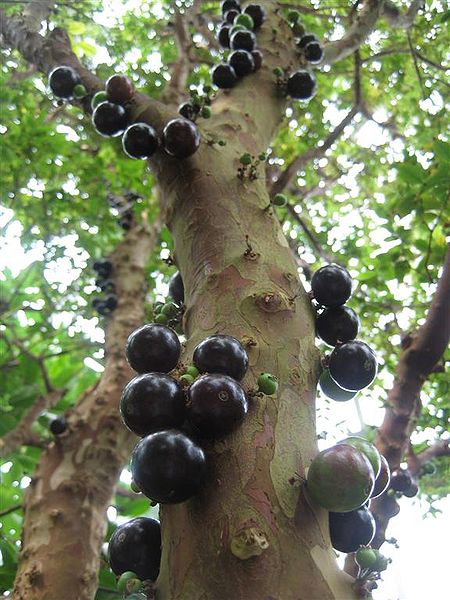
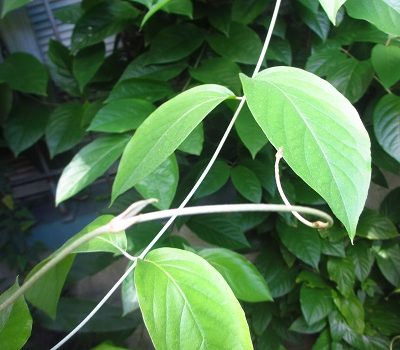
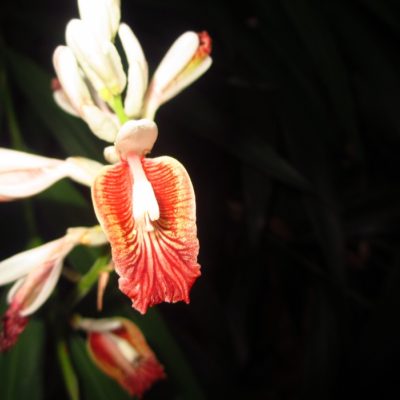
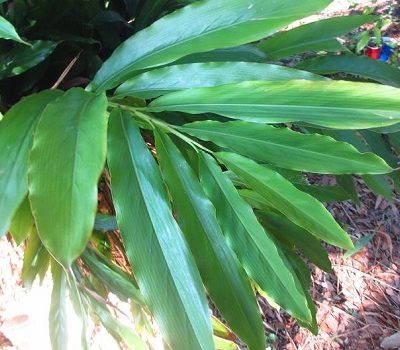
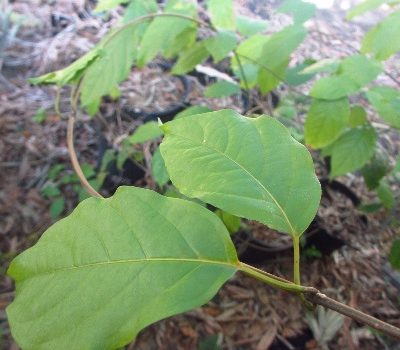
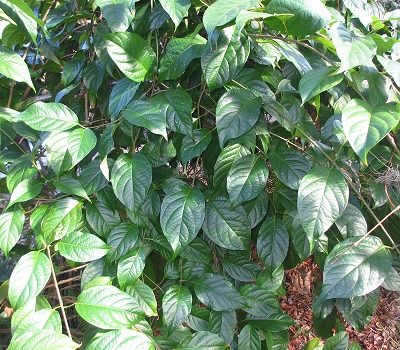
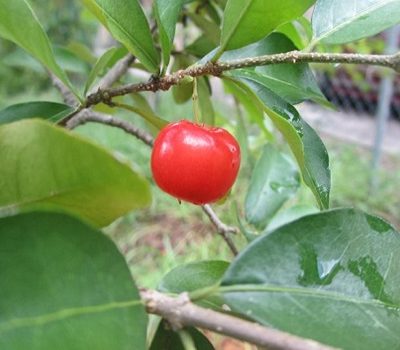
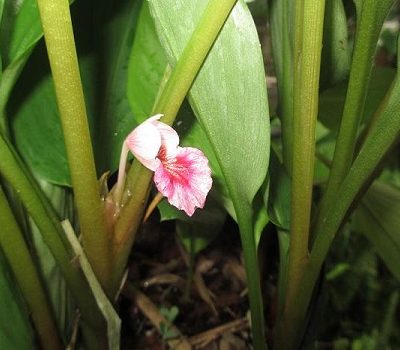
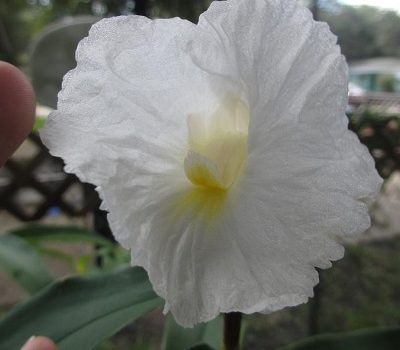
Looking for black sirinam cherry plants …
I have them from time to time, but not at the moment.